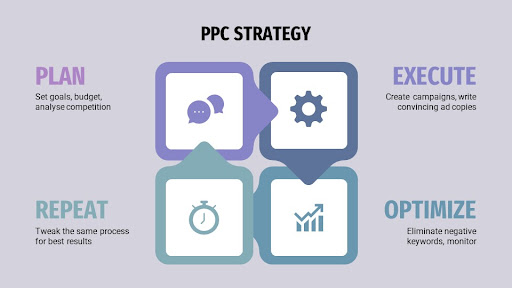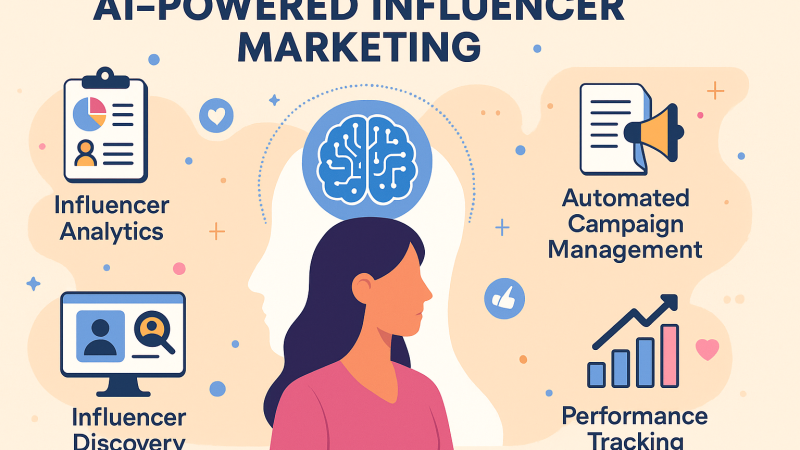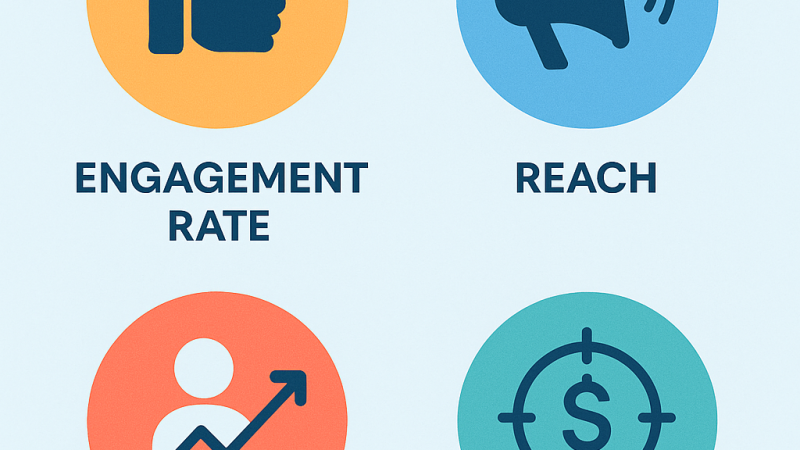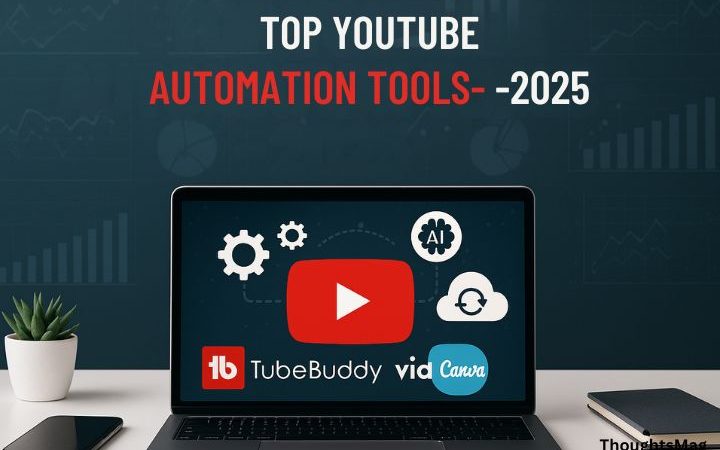Guide To Develop an Effective PPC Campaign Strategy

Introduction
Pay Per Click marketing is an effective way to boost conversions for your business. In fact, in a study conducted by WordLead, it was found that businesses that invested in PPC experienced a 50% increase in conversions – that is how effective PPC is. By giving your audience a highly targeted ad that claims to solve their problems through a CTA, PPC drives in more traffic to your brand from where your sales executives can take it up.
Investing in PPC stands to boost your brand presence exponentially, as a study by Clutch reveals that less than half of small businesses set their budget apart for PPC.
Improved conversion is one of the major reasons why businesses take up PPC marketing as a primary strategy to reach their audiences. Formulating a sound strategy is a must for a PPC campaign to generate the kind of results that you expect – let’s look at some guiding principles for PPC campaign management services laid down by a professional agency.
Effective PPC Campaign strategy steps
Your PPC strategy won’t be a standalone thing rather a part of the whole – your overall digital marketing campaign. How you plan your PPC campaigns would be guided by the goals and targets of this digital marketing campaign. Let’s begin here.

- Planning: Thoroughly understand what your digital marketing campaign is about, and then get into the micro-details
- Define goals and budget. For a PPC to be truly effective in impacting the bottom line favorably, it has to align with the goals defined by your broader digital marketing campaign. For example, if the bigger picture is to achieve brand awareness, then your PPC campaign should rally for generating more impressions. Based on these beacons, you now need to work out how many and which keywords you want to be bidding on to determine your budget. Budgeting is important because an Accuracast report reveals that the first ad on Google search receives 7.1% CTR, which drops sharply to 0.55% by the 9th result
- Analyze the competition. The best guidance comes from your successful competitors. Using the many tools available online, do research on the PPC campaigns your competitors are running to get an idea of what is making them so successful. If at all possible, you could try to emulate a similar strategy tailored for your brand and goals. Learning from others’ experiences is a good way to save time and still get results. According to Acquisio, only 9% of the respondents were leveraging Amazon as a PPC platform – leaving room to beat easy competition.
- Keywords research. Keywords are the building blocks of any search. If your PPC campaign isn’t optimized for the right ones, it will never generate any favorable results. Using the services of a PPC agency, or by leveraging the many tools available online, nail down the right keywords that lead straight to the short and long-term goals of your marketing campaign. Optimize every PPC campaign for the right keywords
- Execution. The way your brand executes a strategy determines how well it will do when finally launched
- Create campaigns. Creating a campaign is a simple task, provided you know every aspect of your PPC strategy. Select a few keywords identified in the planning phase, and assign a call to action to your campaign that elicits the desired response from the audience. For example, if your objective is to sell made-to-fit pants, you would want a campaign that targets audiences looking for tailored fits. This study found that 71% of marketers agreed that text ads were the most effective – so focus on that.
- Write impactful copies. Ad copies are the face of your PPC – make them pack a bang. Include your primary keyword once in the headline and once in the text. Focus on delivering not just the product information, but your brand benefit and a concrete statistic that will compel the searcher to visit your landing page at least once. It is also important to follow the search engine’s ad policies and stay compliant to avoid blacklisting
- Build landing pages. Conversion rates are ultimately a function of the synchrony between the search intent, your PPC ad and the landing page. The landing page must deliver on the promises made to the audience in your ad copy (which is what brought them to you in the first place). One great way to keep the landing page and PPC ad in sync is to avoid twisting the words or concealing part of the CTA, like asking for sign ups before a promise can be delivered. If a sign-up is needed as well, convey that in the ad itself
- Optimization. PPC never works on autopilot. After take-off, you need to steer it in the right direction
- Pinpoint negative keywords. Every keyword you bid for takes money away from the budget. Identify the keywords that are getting seen but not clicked – these are the ones you want to draw your money back from. Siphon your budget into the keywords that are delivering higher CTRs (or whichever metric your PPC is intended for)
- Boost ROI. The only way you can optimize the ROI from your PPC campaign is by being stoic towards low-performing ads and keywords. Don’t be hesitant in dropping them out and creating new ad copies centered around keywords that are genuinely performing well. This is the only way you can get better returns for every dollar spent
- Measure, analyze, report .Measuring and reporting every KPI of your PPC forms the backbone of the entire campaign. This is what helps you optimize your ad, streamline and better channelize your budget and improve CTR simultaneously
Conclusion
What you need to run a successful PPC campaign is to know exactly what you need from investing money into this mode of marketing. Unless the bottom line of the campaign can be justified against the budget that goes into it, running a PPC would be ineffective and wasteful.






